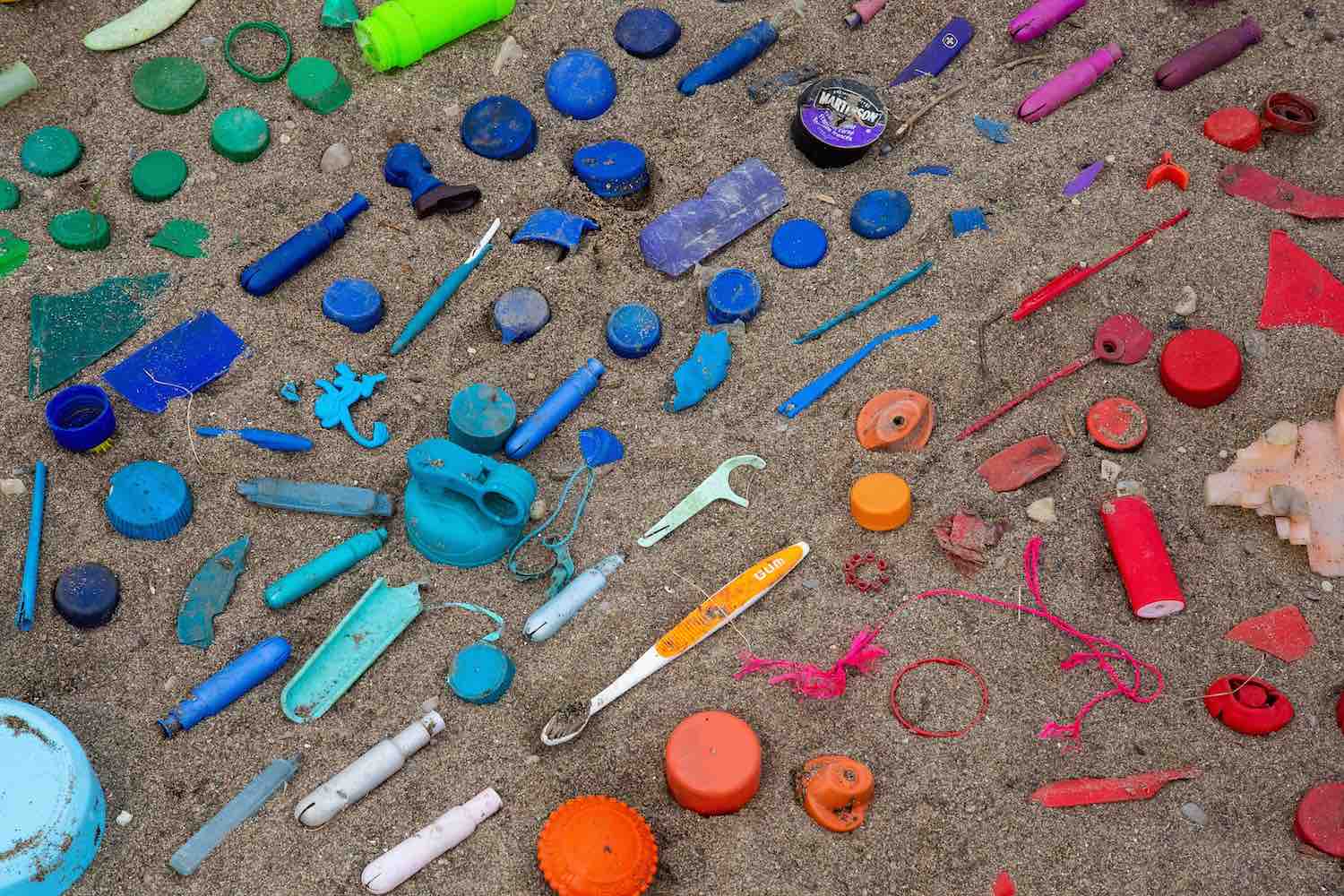More than 320 million tons of plastic is produced annually, much of which ends up in oceans or landfill. Production is expected to double by 2034. To stem the tide, more than 400 organizations, have endorsed the New Plastics Economy Global Commitment, launched in October 2018 by the Ellen MacArthur Foundation in collaboration with the UN Environment Programme. The signatories include more than 200 businesses representing over 20% of all plastic packaging globally.
The goal: a circular economy with zero plastic waste. The group’s first progress report explores the steps that companies and governments are taking to meet their 2025 targets. Some highlights:
Keeping it in the ground
Companies have committed to a five-fold increase in recycled plastic in their packaging by 2025, equivalent to keeping 25 million barrels of oil in the ground every year. Plastic producers Borealis and Indorama Ventures will increase recycled content in their products by seven-fold. (Indorama will spend $1.5 billion to do so). The signatories reported that 60% of their plastic packaging today is reusable, recyclable or compostable (with the bulk being recyclable only), with a goal of 100% by 2025.
PepsiCo Foundation anchors Circulate Capital initiative to fight ocean plastic
Beyond recycling
“We cannot recycle our way out of the plastics issues we currently face,” acknowledges the report. The real goal is to reuse or altogether eliminate plastic packaging. Elimination efforts today are narrowly focused on items such as PVC, Styrofoam, and single-use straws and bags. Forty-three signatories have active reuse pilots, but most are still small-scale. What’s needed: innovation in product and packaging design, business models and supply chains. For example, Ahold Delhaize is using dry-misting technology to keep produce fresh without the need for plastic packaging, while Danone’s new AQUA water bottle line eliminates labels.
Business targets for 2025
Unilever aims to cut its use of virgin plastics by 50%, Mars by 25%, and PepsiCo’s beverage business by 20%. They plan to meet those targets through a combination of innovation and reuse, increased recycled content, and innovation.
How global leadership and impact investments can stem the rising tide of ocean plastic
Government role
Governments signatories including France, Rwanda, the UK, and the cities of São Paulo and Austin are wielding their policy-making power to cut down on plastics. Measures include bans, public procurement, extended producer responsibility, fiscal policy, and incentives for research and development. One example: The UK aims to effectively recycle 70% of all plastic packaging by 2025 and is mobilizing £3 billion to meet that goal. Its tax on plastic packaging with less than 30% recycled content goes into effect in 2020.
PepsiCo Foundation anchors Circulate Capital initiative to fight ocean plastic











